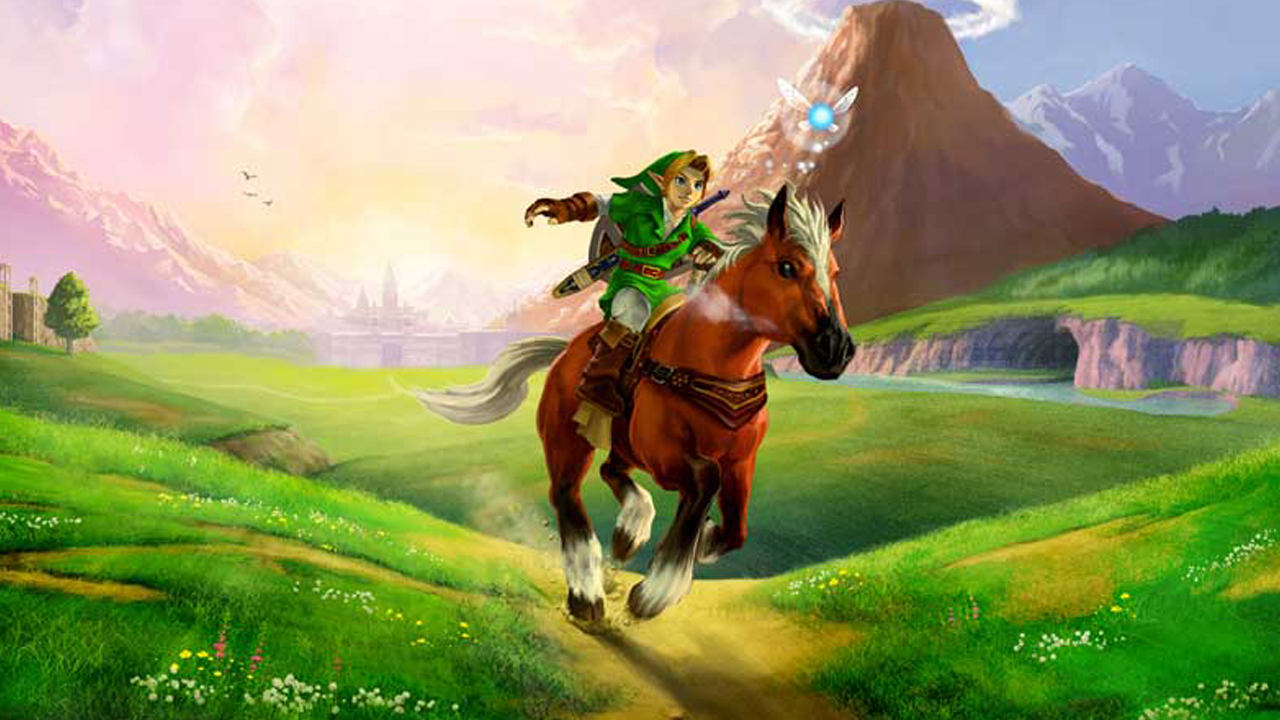
Ask any Legend of Zelda fan if Ocarina of Time’s place in the ‘greatest games of all-time’ pantheon should be disputed, and you’ll more often than not be met with surprise. A revolutionary video game for its time, with almost perfect review scores, and a fanbase that transcends even Nintendo’s loyal customers, and it’s hard to debate this fact.
When you think about it though, just why is Legend of Zelda: Ocarina of Time considered the best game ever? We had no truly defining benchmark for how a 3D game should look, how it should play, and how expansive an open world title should be in 1998 when Ocarina of Time was released on the N64. But, Ocarina of Time is often the first game mentioned when the question of "best game of all time" is posed, so what has set it apart even 25 years after its initial release?
Taking control in new ways
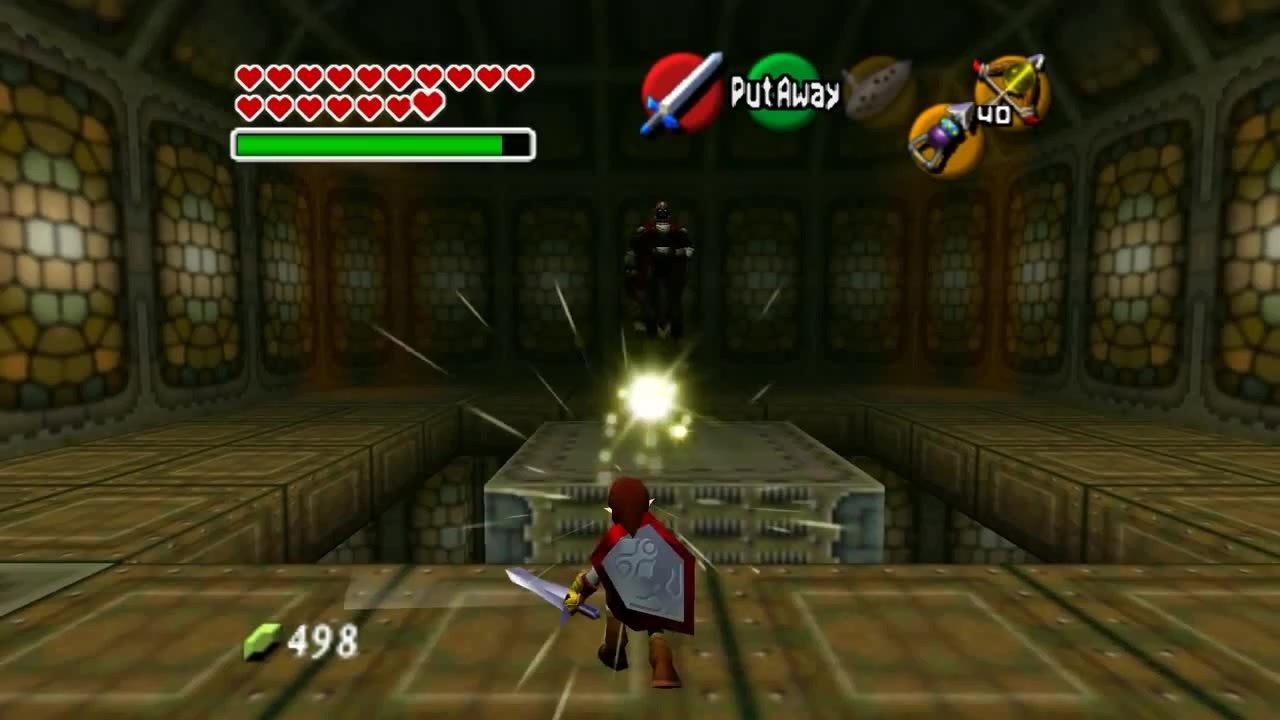
Well, let's start with the control scheme. With Ocarina of Time, Nintendo ingeniously added the ability to map specific items to different buttons on the N64 controller, such as the four face buttons (X, Y, B, and A), which added a new string to Ocarina of Time’s bow. Assigning a specific item to each button, such as health potions, gave players the option to access key items quickly without having to dive into their inventory - a decision that could be the difference between in-game life and death. The legacy of remapping controller layouts and quick-mapping of buttons in various games since are proof that this idea worked. Franchises such as Halo, Call of Duty, and Gears of War use layouts like Green Thumb, Legacy and Southpaw, and show that even first-person shooters weren’t immune from Ocarina of Time’s influential reach.
Another brand new concept - the Z-lock targeting system - sought to solve the problem of Link combatting more than one foe at a time. A recurring skill in the Zelda series since Ocarina of Time, Z-targeting is a system that “locks” onto enemies, characters, or objects using the Z, L, or ZL buttons on whatever gamepad a Zelda game supported. Taking on multiple enemies at once had been a cornerstone of 2D fighting games for many years, but Nintendo wanted its combat sequences to play out in a different way.
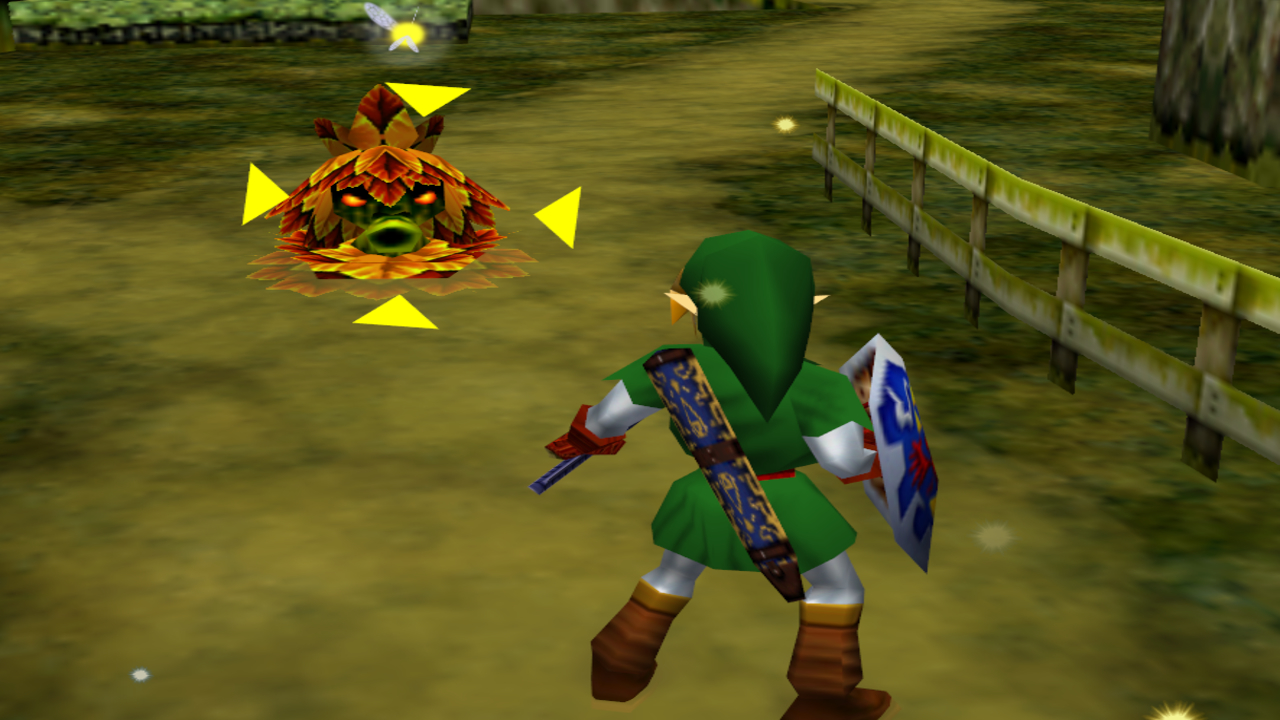
How do you go about introducing a new style of sword fighting in a series as beloved as Zelda’s? By taking a trip to Toei Kyoto Studio Park, according to Ocarina of Time’s script director Toru Osawa. Nintendo’s team travelled to the film studio’s in-house theme park to seek inspiration for this, and it was here that the answer was found. Taking in one of the theme park’s plays, the team realised that Chanbara - the Japanese samurai cinema fighting style - could solve this problem. Positioning the camera over Link’s shoulder, the Hero of Time was free to move in and around the enemy’s fixed position, and opened up the potential for acrobatic dodge moves, such as backflips and side-hop steps.
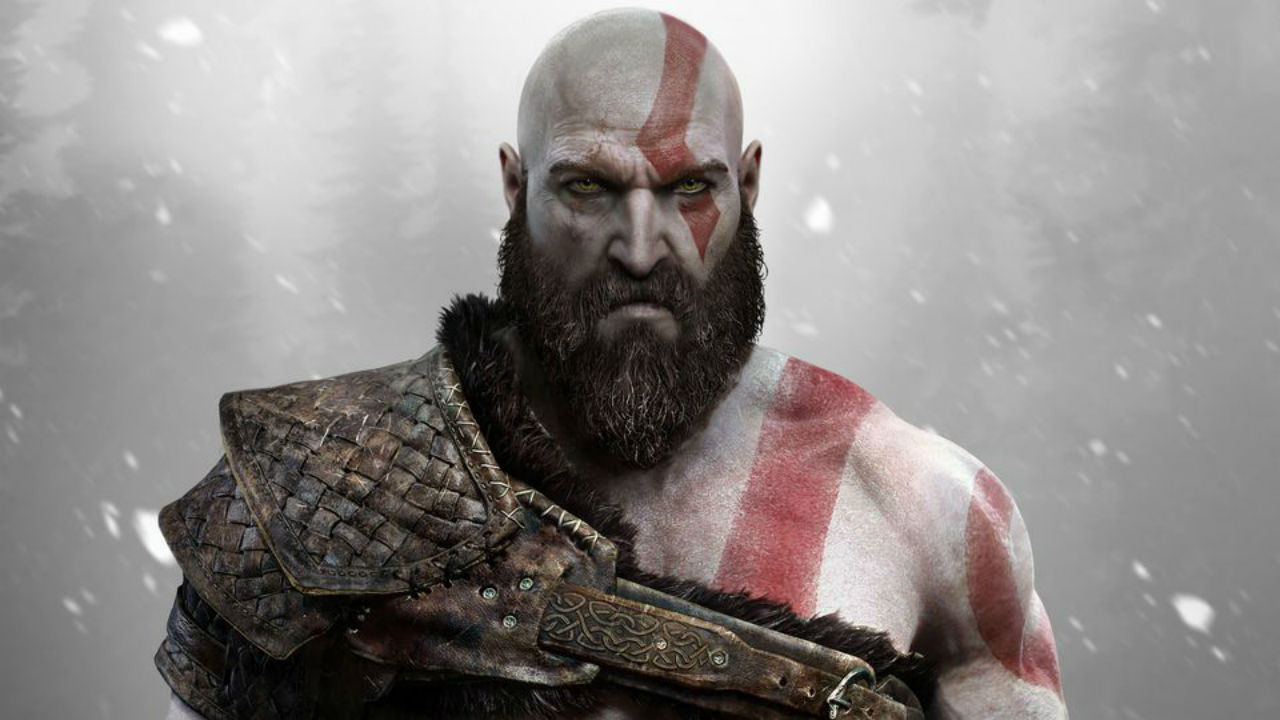
The best games of 2018 (so far)
The inclusion of Navi, Ocarina of Time’s fairy companion, was also born from this. Navi acted as the focal point of the targeting system and allowed the camera to follow Link accordingly. Z-targeting has since become a staple of other Nintendo series such as Star Fox and Metroid, while titles like Assassin’s Creed, Kingdom Hearts, and Psychonauts have all utilised a similar mechanic - further evidence that Nintendo’s creations have stood the test of time.
How to solve a polygonal problem
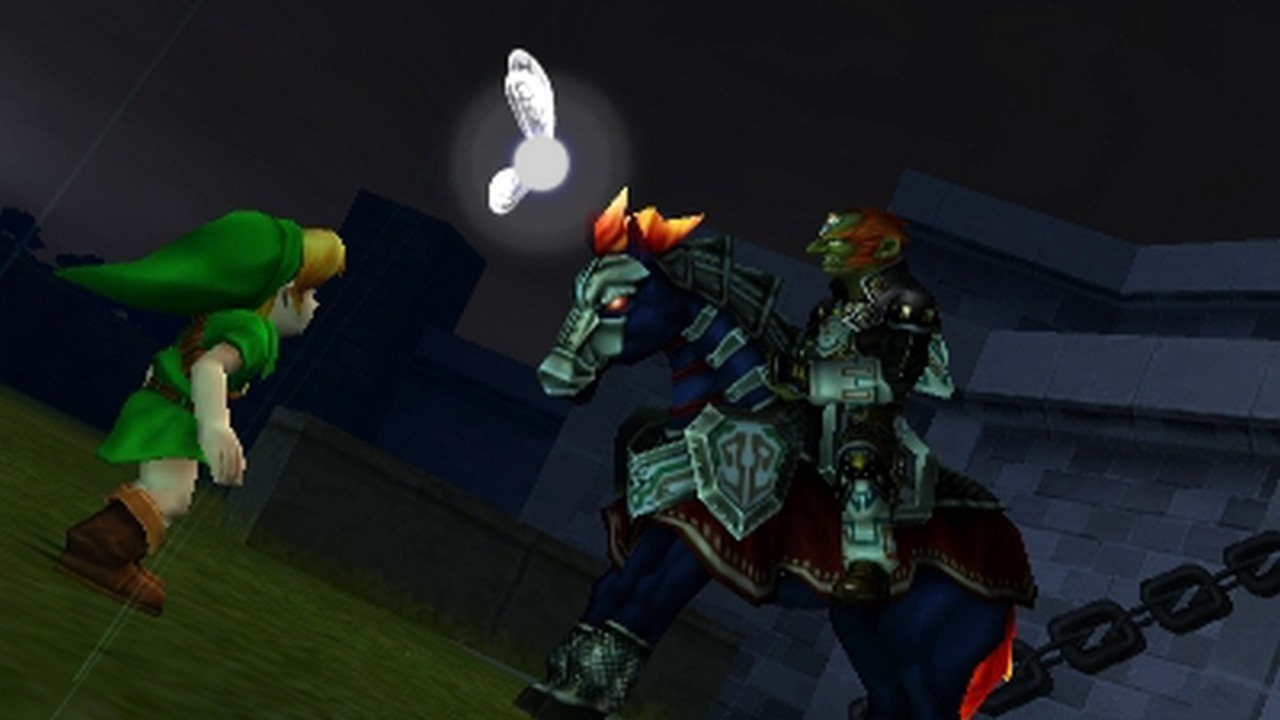
This camera viewpoint shift also resolved problems from a graphical standpoint. Legendary Nintendo developer Shigeru Miyamoto wanted Ocarina of Time to be a first-person game due to the N64’s hardware limitations. The decision to have a child and adult form of Link changed this, and led to a third-person game being developed instead.
Weekly digests, tales from the communities you love, and more
Altering the game midway through development led to all sorts of development headaches, not least from a camera perspective. It wasn’t until Mario 64 camera programmer Takumi Kawagoe was drafted in for his expertise in this area that solutions were found. Kawagoe helped develop new camera angles for Ocarina of Time’s third-person perspective, and these have seemingly been referenced throughout the industry since. Whatever game you’re currently playing, that title’s camera placement was no doubt influenced by Kawagoe in some way.
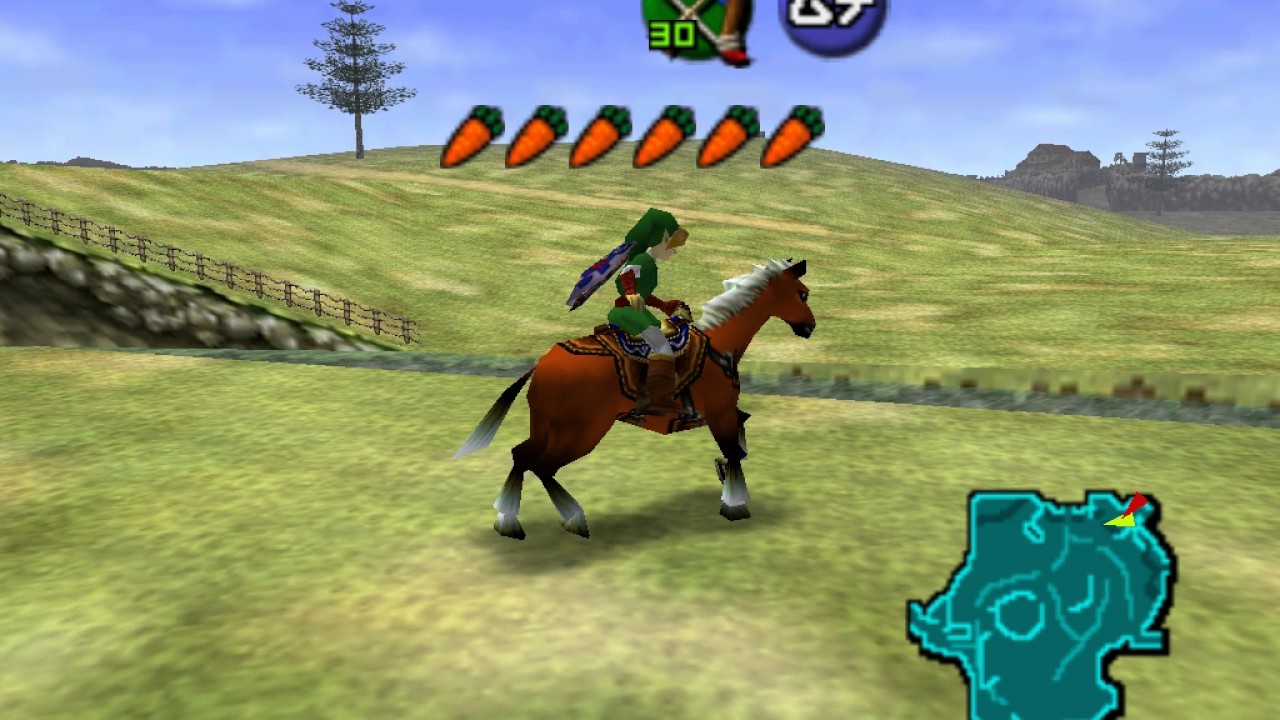
Nintendo’s decision to push for a 3D Zelda title created another issue - how they would depict Hyrule in multidimensional form? With no 3D world template to follow, Nintendo’s decision to build an open world, instead of the lived-in world of Mario 64, answered this. The addition of Hyrule Field gave a “hub” for players to head off to Hyrule’s different locations, while Epona - Link’s loyal horse - provided a quicker means of transport than running around on foot. And who could forget the inclusion of the “carrot stamina” mechanic that prevented players from depending on Epona too much? This acted as a way to stop players exploiting Epona’s “fast-travel” function - features that would later play a part in other series such as iconic Rockstar franchise Red Dead Redemption.
Technological advancements proved key
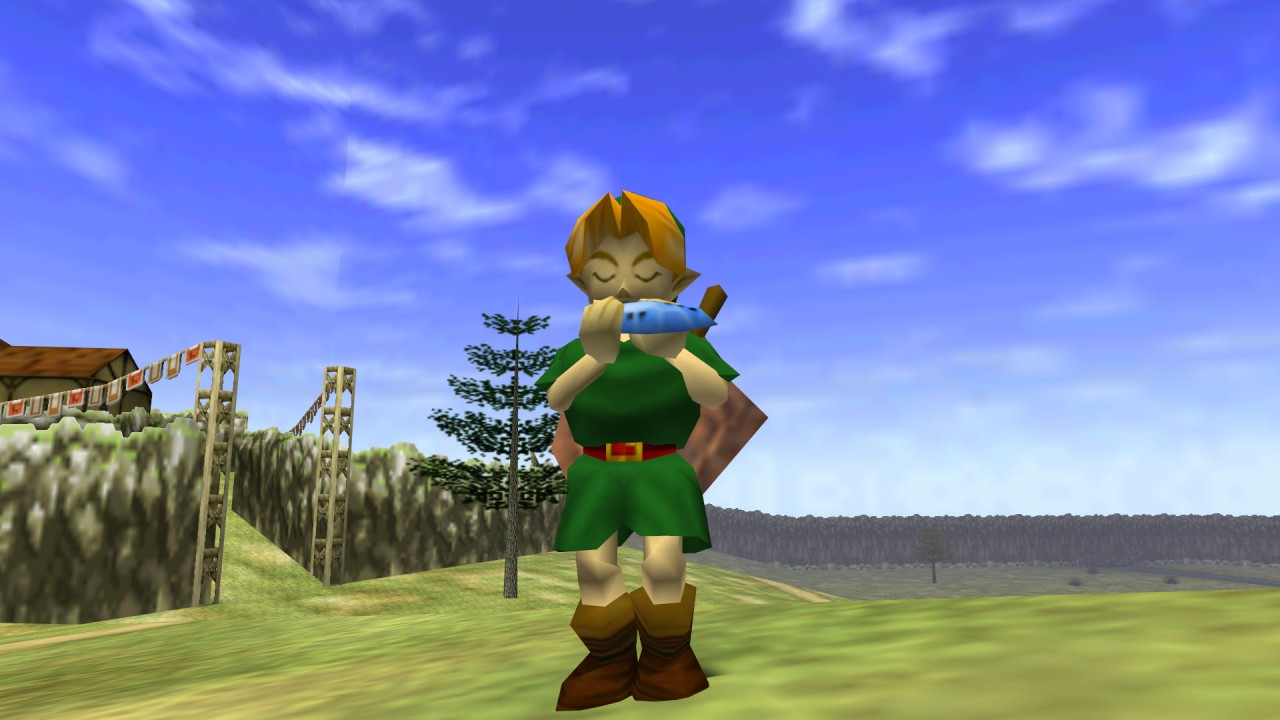
With Ocarina of Time’s 3D graphics needing a touch of realism, mocap technology was used to help capture lifelike movements. Link mounting Epona and the fluid movements for the game’s sword fighting benefitted from this, and gave a genuine feel to manoeuvres. With many developers now utilising mocap technology, Nintendo’s decision to adopt this approach were definitely innovative for the time.
Restrictions in Nintendo’s in-game engine also caused headaches throughout. The creation of an entirely new engine was required to show off Hyrule Field and the other locations within the world, enable the game’s 3D cutscenes, and introduce a new form of entertainment that Miyamoto labelled “interactive media”. Much like Nintendo’s use of mocap, the fact that many developers now use cutscenes and build new engines, to match their ambitious designs, serve only as extra factors that Ocarina of Time was ahead of the curve.
Best game of all time?

Ocarina of Time had a lot riding on its shoulders in 1998. It could have crashed and burned due to a lengthy development cycle, 3D gaming still being in its infancy, and the amount of risks that Nintendo took with its design and gameplay mechanics.
The impact that these innovations have had on the games industry have proved that the rewards were worth the risk. The problems Nintendo solved back then have been influential across gaming genres and, whilst public acknowledgment of this influence is thin on the ground, it’s difficult not to view Ocarina of Time as one of the fathers of modern gaming.
It’s hard to understate the effect that Ocarina of Time has had on the industry. There are plenty of reasons why it is considered an all-time great, and why all gamers - no matter their affiliation - wax lyrical about a quarter of a century on. Games wouldn’t be what they are today without Ocarina of Time, which demonstrates there’s probably no game more deserving of the “best game ever” title.
Tom started out as a freelance journalist before taking up the role of Entertainment Writer at TechRadar. Both as a freelancer and now part of the TR, you'll find him covering all of the latest movies, TV shows, and streaming service news that you need to know about. An NCTJ-accredited journalist, Tom also writes reviews, analytical articles, opinion pieces, and interview-led features on the biggest franchises, actors, directors, and other industry leaders.


